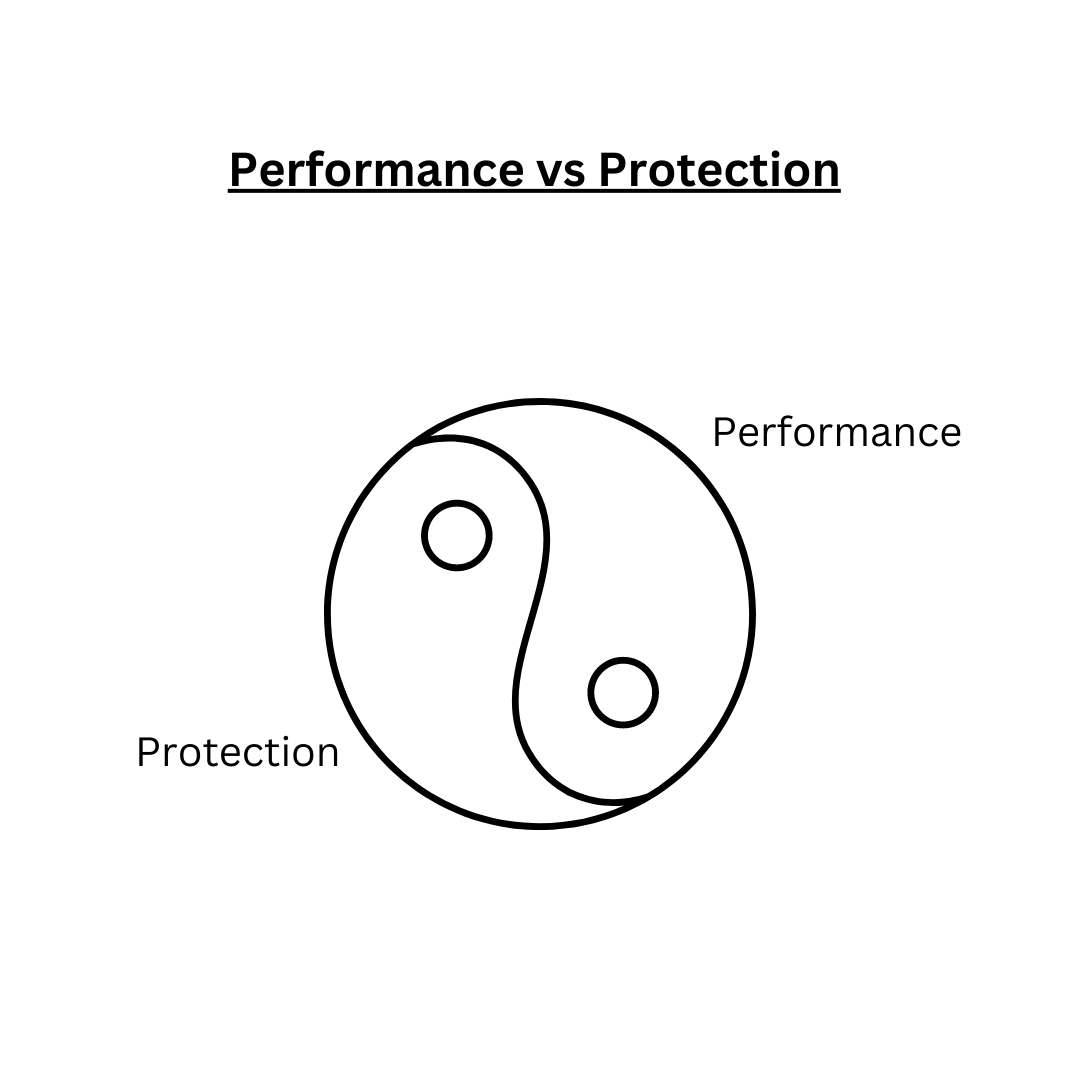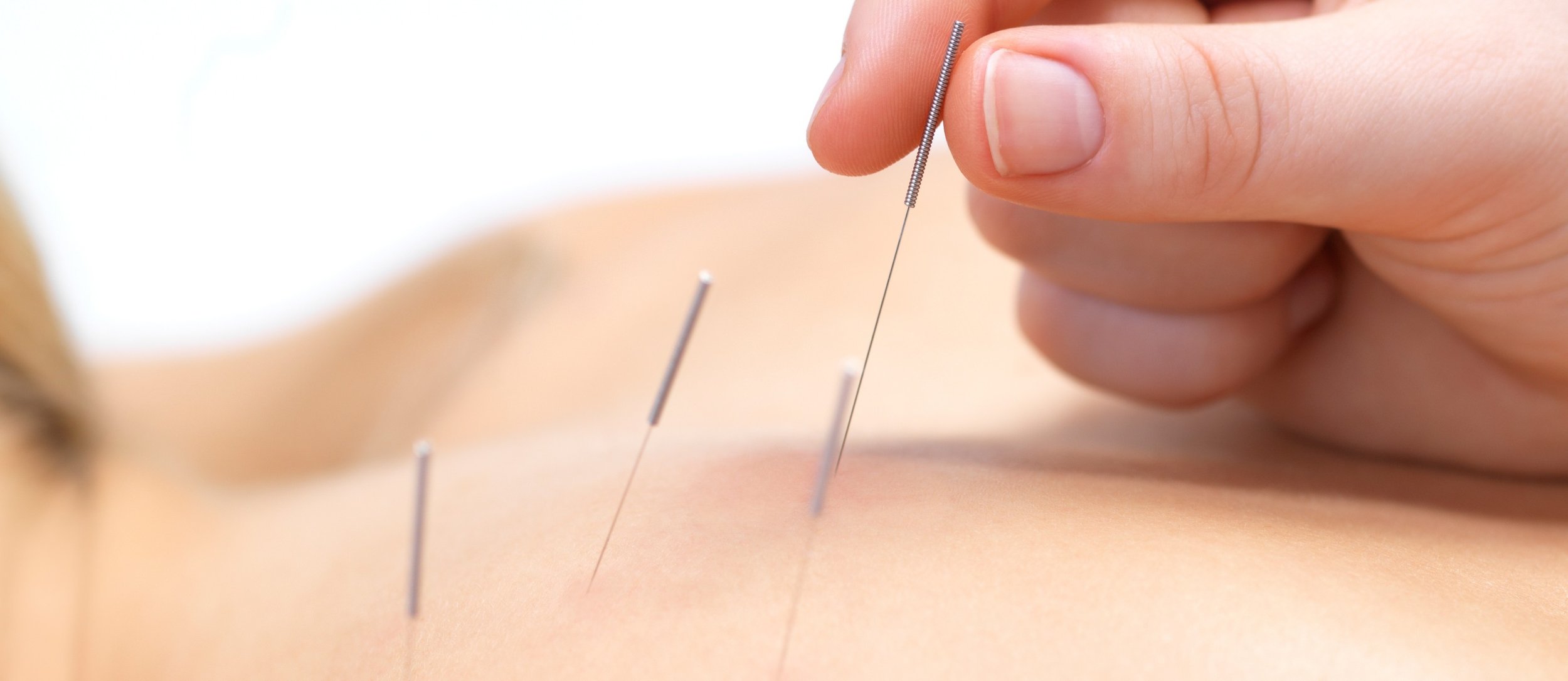Pain neuroscience education (PNE) is a form of education that focuses on teaching people about the neuroscience of pain, including how the nervous system processes and perceives pain.
PNE aims to help people better understand their pain and how it is affected by various factors such as emotions, thoughts, and behaviors.
It is difficult to determine whether the pendulum has swung too far in terms of PNE, as it can be a useful tool in helping people better understand and manage their pain.
Having witnessed the rise of PNE in the world of Physiotherapy in the past 20 years, I can’t help but feel it has almost taken over and created a set a dogmatic clinicians who believe that counseling someone in pain to re-wire their thinking and perception is the holy grail in treatment.
In reality, what PNE focused session looks like is a patient presents to a clinic and is given very little in the way of hands on assessment and treatment. The patient does not feel properly listened to or validated. The patient receives a monologue of ‘pain-splaining’ directed at the patients presumed misdirection beliefs and perceptions. The patient leaves in disbelief and concerned about what exactly is Physiotherapy profession stands for and confused at to what it actually does in terms of adding value to their lives.
This is an obviously extreme example, but hearing from some patients first hand, as well as reading about first person narratives, this theme of patient disillusionment is unfortunately on the rise.
Potential harms of PNE focused approach
In the genuine attempt to help, some clinicians may inadvertently dismiss or minimize a person's pain experiences or symptoms, often by citing research or scientific evidence. This can be harmful to the person experiencing pain, as it can invalidate their feelings and experiences and may cause them to doubt their own perceptions.
Another danger is that it can create a rift between the person in pain and their healthcare provider, leading to a breakdown in the patient-doctor relationship. This can lead to a lack of trust and may make the person in pain less likely to seek medical attention in the future.
Another danger of the PNE focused approach is that it may lead to a lack of appropriate treatment or inadequate care. If a healthcare provider dismisses a person's pain experiences or symptoms, they may not provide the necessary treatment or support, which can lead to a worsening of the person's condition and an increase in their suffering.
Unfortunately we may only see the downstream effects of this approach in the years to come.
If there is enough patient disillusionment I see the Physiotherapy brand at risk, with an increase in mistrust of health care professionals.
So then… what is the current research showing about PNE?
Some of the great hopes about the new pain revolution unfortunately haven’t quite lived up to the initial optimism.
Take the RESOLVE study for example, that stated:
“Central nervous system-directed interventions constitute a completely new treatment paradigm for chronic low back pain management. The results have the potential to be far reaching and change current physiotherapy management of chronic low back pain in Australia and internationally”.
These are some big statements and certainly suggest that there are some big changes coming.
The results of the RESOLVE study weren’t exactly ground-breaking, with only small trend toward a positive impact from PNE.
Another study comparing intensive pain education with placebo in people with acute lower back pain showed no clinical benefit, with authors concluding:
“Adding 2 hours of patient education to recommended first-line care for patients with acute low back pain did not improve pain outcomes. Clinical guideline recommendations to provide complex and intensive support to high-risk patients with acute low back pain may have been premature.”
A new recent paper came out showing no changes in outcome comparing Cognitive Functional Therapy with Manual Therapy and core exercise.
Before you accuse me of being anti-PNE, I am well aware of many promising research around PNE and their is definitely good work being done by good people.
But I feel like the negative studies that don’t support the new paradigm get conveniently swept under the carpet and the sacred PNE narrative largely goes unchallenged, especially by clinicians in Australia, where PNE has dominated through large amounts of government research spending.
I can absolutely see the value in good education around pain mechanisms, but I’m just not sure the public is responding in the positive way we would have hoped.
One of the biggest research papers to ever be conducted on patient perception of PNE was published in recently (Weisman et all 2022) showing,
“People with persistent pain tend to express negative attitudes to PNE statements”.










